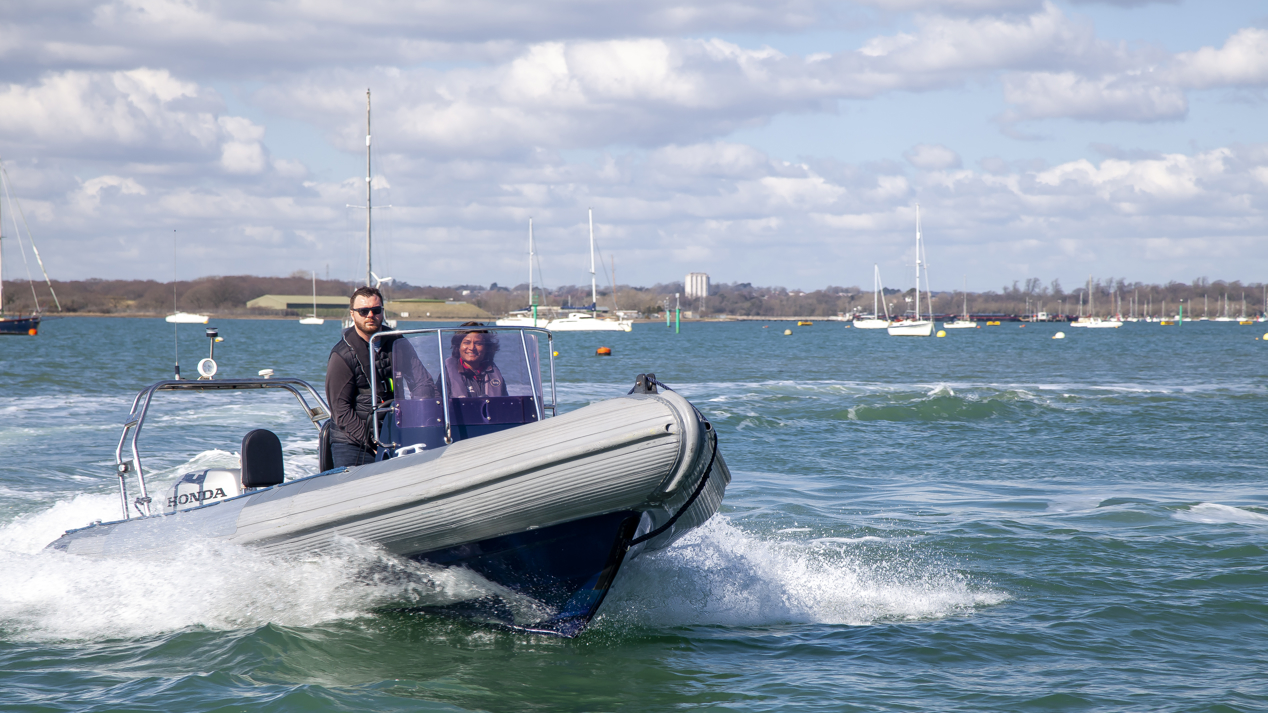Cold water shock safety
Cold water shock can be life threatening in waters below 15°C. Discover more about its effects and how to minimise your risk of exposure.
Explore our safety hub
For more information about staying safe on the water visit the RYA Safety hub.




